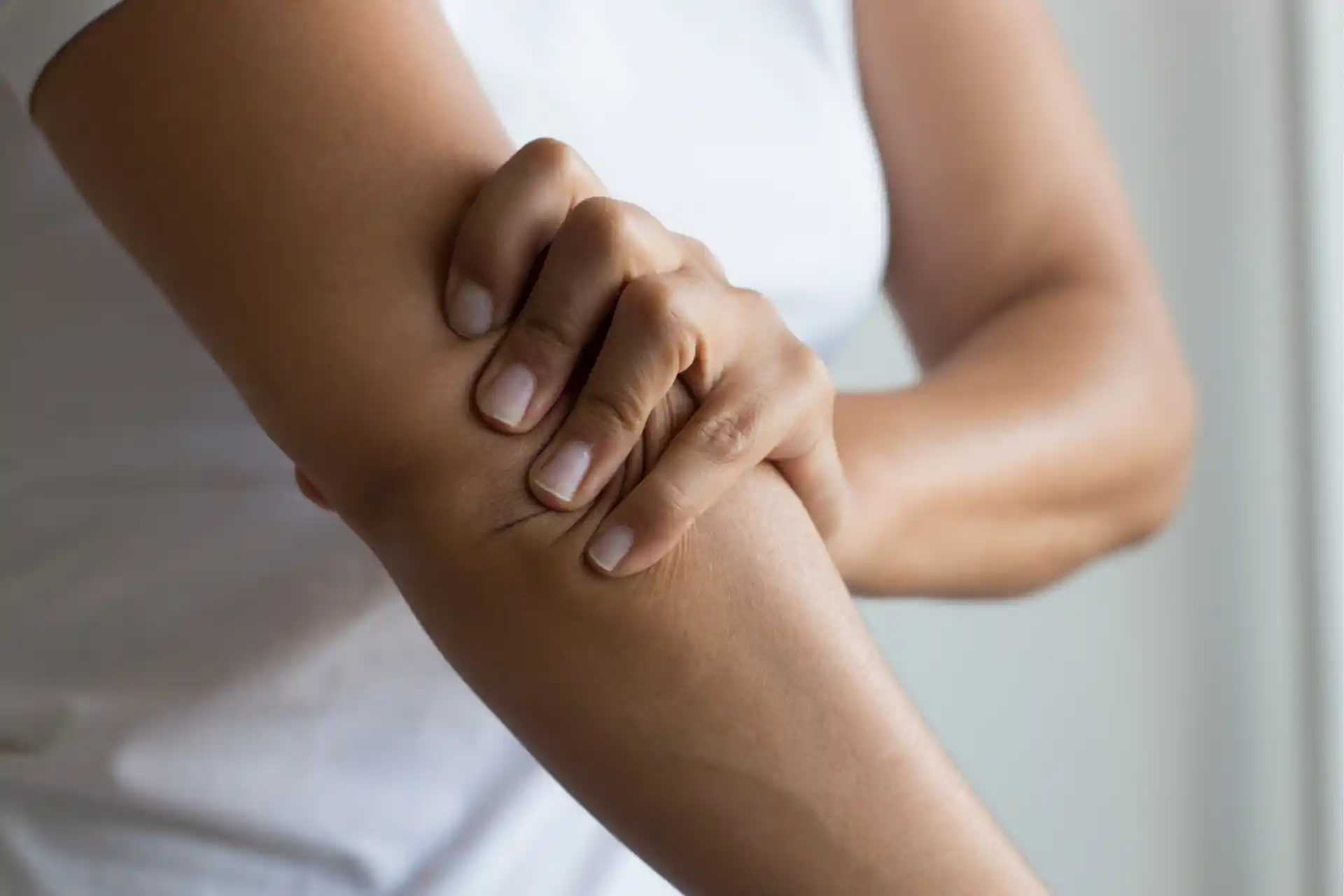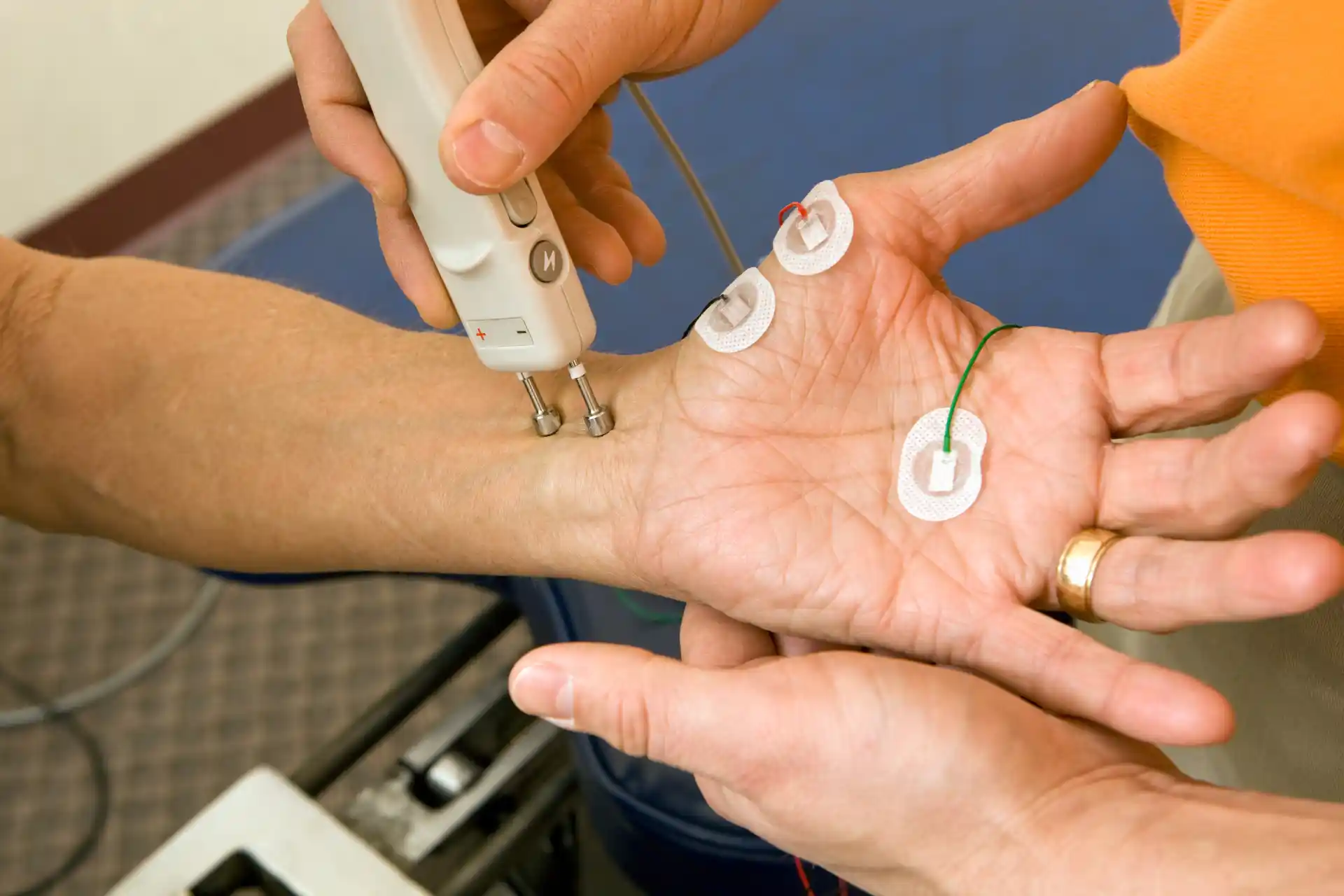Understanding Shoulder Bursitis
In order to effectively manage and prevent shoulder bursitis, it is crucial to have a clear understanding of what it is, its causes, and its symptoms.
What is Shoulder Bursitis?
Shoulder bursitis is an inflammation of the bursa, a small fluid-filled sac that acts as a cushion between bones and soft tissues. When the bursa in the shoulder becomes inflamed, it can cause pain and restrict movement.
The shoulder has several bursae, but the most commonly affected is the subacromial bursa.
This bursa helps to reduce friction between the rotator cuff tendons and the acromion, a bony projection of the scapula.
Causes of Shoulder Bursitis
Shoulder bursitis can be caused by several factors, often related to overuse or injury. Understanding these causes can help in both treatment and prevention.
Symptoms of Shoulder Bursitis
Recognizing the symptoms of shoulder bursitis is essential for timely intervention and treatment.
Common symptoms include:
- Pain in the shoulder, especially when moving the arm
- Swelling and redness around the shoulder
- Limited range of motion or stiffness in the shoulder joint
- Tenderness when pressing on the affected area
- Discomfort that worsens at night or with certain movements
For athletes and active individuals, understanding these symptoms can help distinguish shoulder bursitis from other shoulder-related issues such as rotator cuff tear or shoulder impingement.
By understanding what shoulder bursitis is, its causes, and its symptoms, you can take an informed approach to managing and preventing this condition.
Explore our articles on related shoulder conditions that may cause pain and instability such as adhesive capsulitis, shoulder strain, and shoulder tendinopathy.
Managing Shoulder Bursitis
Rest and Ice Therapy
Resting your shoulder plays a significant role in alleviating shoulder bursitis. It helps reduce inflammation and allows the bursa to heal. Avoid activities that exacerbate the pain, such as overhead movements or heavy lifting.
Ice therapy is another crucial component in managing shoulder bursitis. Applying ice packs can reduce swelling and numb the area, providing relief from pain.
Physical Therapy and Exercises
Physical therapy is essential for recovering from shoulder bursitis. A tailored set of exercises can help improve flexibility, strengthen the muscles around the shoulder joint, and prevent future injuries.
Your physical therapist may recommend a range of rotator cuff exercises and shoulder mobility exercises.
Some common exercises include:
- Shoulder Pendulum Stretch: Gently sway your arm in a circular motion.
- Cross-Body Arm Stretch: Pull one arm across your body and hold.
- Isometric Shoulder Exercises: Apply resistance without moving the shoulder joint.
For specific recommendations and techniques, you can explore more shoulder pain exercises and frozen shoulder exercises.
Pain Management Strategies
Managing pain is vital in dealing with shoulder bursitis. Several strategies can be employed, including:
- Over-The-Counter Pain Relievers: These can help alleviate minor pain and reduce inflammation.
- Heat Therapy: Applying a heating pad after the acute phase may help relax stiff muscles.
- Massage Therapy: Can improve blood flow and reduce muscle tension around the affected area.
Monitoring your progress is essential. If you experience persistent pain, consult with healthcare professionals.
They might suggest more advanced treatments or tests, such as the empty can test or Hawkins Kennedy test to diagnose the severity of your condition.
For more detailed guidance on managing shoulder bursitis, visit our article on physical therapy for shoulder pain.
Seek RELIEF®
RELIEF® is a science-backed, targeted approach that targets dysfunctional fascia that surrounds the affected shoulder joint and rotator cuff.
The treatment utilizes hydrodissection—a fluid-based technique that gently separates and releases adhered soft tissue layers and fascia, which may contribute to shoulder pain and joint instability.1,2,3,4,5,6,7
RELIEF® is a minimally invasive alternative to traditional treatments—and requires no steroids, medication, surgery, anesthesia, or post-procedure immobilization.
Preventing Shoulder Bursitis
Taking proactive steps to prevent shoulder bursitis is crucial for athletes and active individuals. Incorporating warm-up routines, strength training, and injury prevention techniques can significantly reduce the risk of developing this painful condition.
Proper Warm-Up and Stretching
A proper warm-up routine is essential before engaging in physical activities.
Warming up your shoulder muscles increases blood flow, enhances flexibility, and prepares your joints for the demands of your sport or workout.
Recommended Warm-Up Exercises
- Arm Circles: Perform small to large circles to activate shoulder muscles.
- Cross-Body Arm Stretches: Stretch your arm across your body to loosen the shoulder joint.
- Shoulder Rolls: Roll your shoulders forward and backward to increase mobility.
Strength Training for Shoulder Stability
Strength training exercises can reinforce the muscles around your shoulder, providing better support and reducing the risk of bursitis. Focus on exercises that target the rotator cuff and supporting muscle groups.
Effective Strength Exercises
Techniques for Injury Prevention
Implementing correct techniques during your activities can prevent unnecessary strain on your shoulders. Here are some tips to keep in mind:
- Maintain Proper Form: Use correct posture and technique to avoid overloading the shoulder.
- Gradual Progression: Gradually increase the intensity and duration of your exercises to prevent overuse injuries.
- Listen to Your Body: Pay attention to any signs of discomfort or pain, and consult a healthcare professional if necessary.
Internal links:
- For more on .
- How to
By incorporating these practices into your routine, you can effectively prevent shoulder bursitis and maintain optimal shoulder health. and
For more information on rotator cuff injury prevention, check out our articles on rotator cuff injury prevention and heal a torn rotator cuff naturally.
Returning to Activity
Gradual Return to Exercise
After managing shoulder bursitis, it's important to return to physical activity gradually. The goal is to avoid overloading the shoulder and to ensure a safe return to your sport or exercise routine.
Start with low-intensity exercises and progressively increase the intensity over time.
Example Exercise Program:
Always listen to your body and adjust the intensity based on how your shoulder feels.
Monitoring Progress and Symptoms
Keep track of your progress and any symptoms you experience during your return to activity. Signs to monitor include:
- Pain levels
- Swelling
- Range of motion
- Strength
If you notice any worsening symptoms or new issues, consider slowing down your activity level.
Consultation with Healthcare Professionals
Before making any significant changes to your exercise routine, it's essential to consult with healthcare professionals. They can provide personalized advice and ensure that your recovery is on track.
If symptoms persist, they may recommend additional treatments or modifications to your exercise plan.
- Physical Therapy: A physical therapist can guide you through specific exercises designed to strengthen your shoulder and improve mobility. Visit our article on physical therapy for shoulder pain for more information.
- Medical Check-Ups: Regular check-ups with your doctor are important. They can assess your shoulder's recovery progress and suggest whether additional treatments, such as rotator cuff surgery, are needed.
Staying in close contact with healthcare professionals ensures a safe and effective return to your favorite activities while minimizing the risk of re-injury.
Contact us today to schedule a consultation and learn more about how RELIEF® may help with your shoulder bursitis and rotator cuff dysfunction.
.webp)
.webp)




.svg)